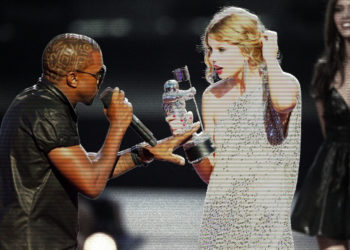Utah students lift voices in prayer at vigil for Charlie Kirk’s Christian legacy: ‘Felt called by God’
NEWYou can now listen to Fox News articles! LOGAN, Utah – Hundreds of Utah State University students still reeling from...
California’s $23 Billion Plan to Restore Federal Cuts to Scientific Research
Democratic lawmakers in California want the state to restore funding for scientific research that has been slashed by the Trump...
Gender testing returns to track, stirring up harsh memories and doubts that date to the 1980s
TOKYO (AP) — The woman whose genetic test in the 1980s led sports leaders to conclude it was too intrusive,...
Georgia Democrat gains traction in special election for state Senate seat in deeply GOP district
CANTON, Ga. (AP) — A lone Democrat competing for a state senate seat in a deeply Republican Atlanta suburb snagged...
Waves of fake threats to colleges are putting students on edge and testing dispatchers
MISSION, Kan. (AP) — Around 50 college campuses across the country have been deluged in recent weeks with hoax calls...
Trump reveals the next ‘deeply troubled’ city for National Guard intervention
President Donald Trump is continuing his crime crackdown in blue cities across the country after a successful 30-day run in...
Big Tech’s energy-hungry data centers could be bumped off grids during power emergencies
HARRISBURG, Pa. (AP) — With the explosive growth of Big Tech’s data centers threatening to overload U.S. electricity grids, policymakers...
Erika Kirk: ‘I’ll Make Turning Point USA the Biggest Thing This Nation Has Ever Seen’
Erika Kirk delivered her first public remarks Friday following the assassination of her husband, Turning Point USA founder Charlie Kirk,...
Christian Siriano transports New York Fashion Week attendees to the silver screen
NEW YORK (AP) — Hidden behind cream curtains, designer Christian Siriano transformed the athleisure aisles of the Herald Square Macy’s...
Artist reveals details behind new downtown Huntsville mural
HUNTSVILLE, Ala. (WHNT) — Downtown Huntsville just got a lot more colorful. Friday evening, Arts Huntsville, the Junior League of...

















